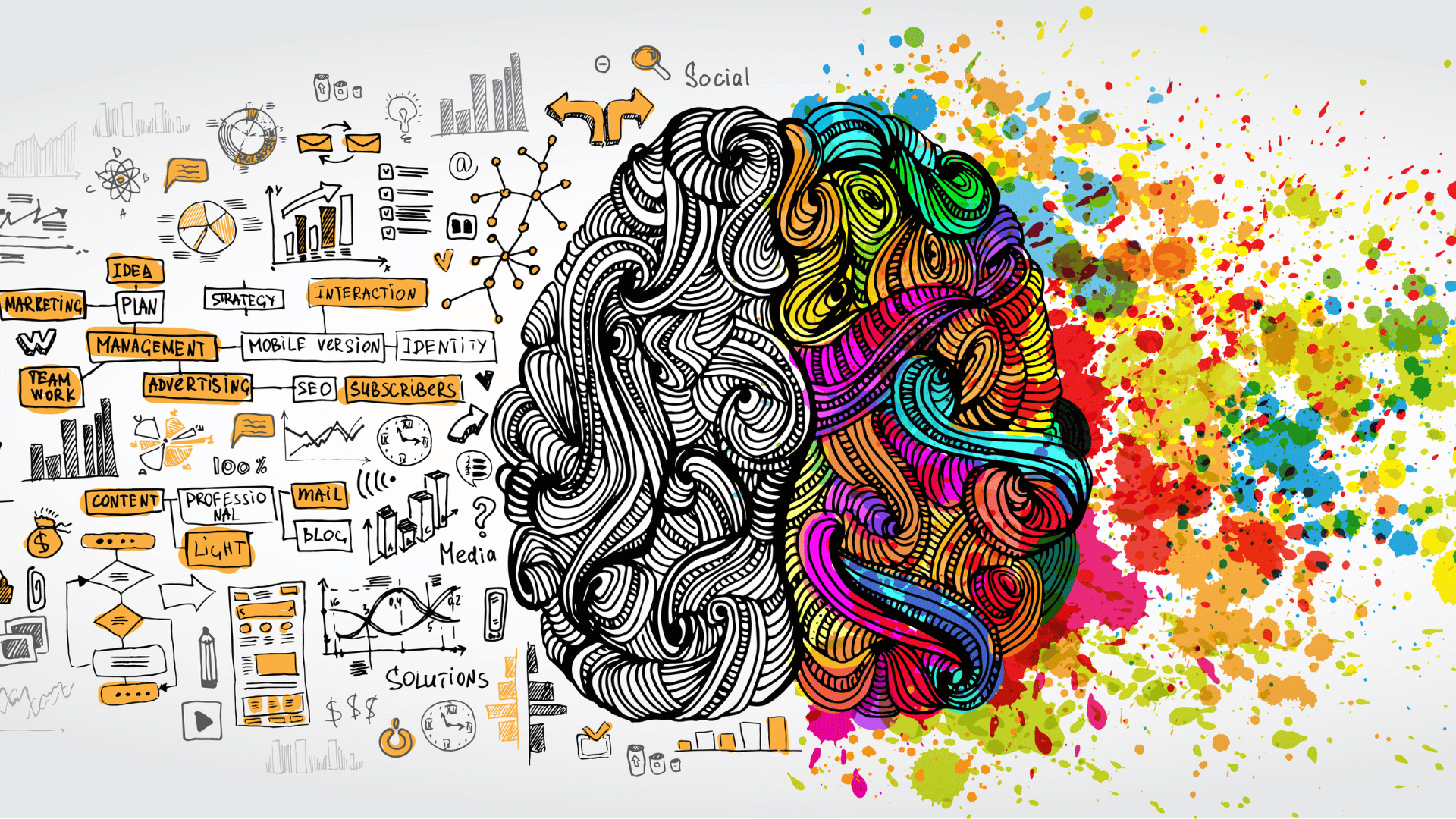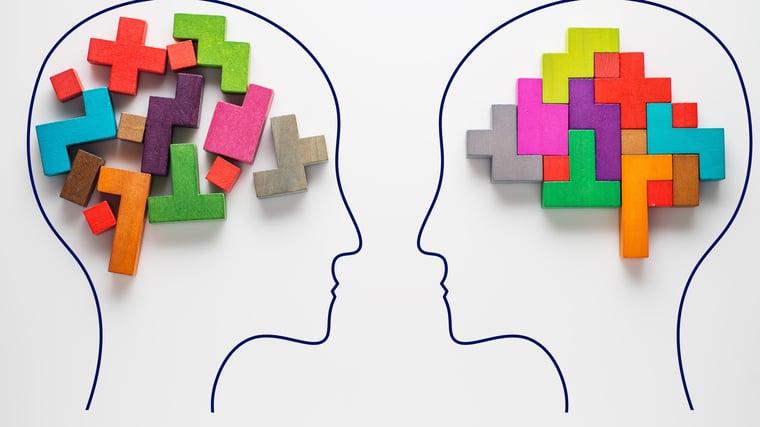In today’s workforce, technical skills alone don’t cut it. LinkedIn’s top 10 most-in-demand skills include management and sales, but also communication and teamwork—painting a clear picture that, without hard skills and soft skills, employees aren’t as likely to be successful. If your organization is having a hard time keeping employees, or not seeing potential being met in the ones you have, it might be time to consider how developing a more well-rounded workforce can help. It’s possible to teach hard skills, soft skills, and skills that blend elements of both.
Hard skills vs. soft skills
Many jobs require specific technical abilities and knowledge that are acquired through education and experience, such as a bachelor’s degree, certain computer programs, and hands-on training. These are the so-called hard skills.
For example, accountants know how to crunch numbers and analyze data to produce efficiency reports. They often use spreadsheet software like Excel. And, many study for hours to pass the CPA exam.
Likewise, a content writer knows how to perform research, interview sources, and use Microsoft Word or Google Docs to write articles or blogs. Some writers might be certified in Search Engine Optimization.
There are also hard skills that cross-cut a variety of fields. Fluency in a second language, for example, benefits workers who travel internationally. Social media knowledge is useful in sales and marketing jobs. Other versatile hard skills include:
- Business development
- Digital marketing
- Financial analysis
- Computer software knowledge
But soft skills aren’t taught in college in the same programmatic way as hard skills and don’t require specific software. Instead, they help people communicate, collaborate, make better decisions, and be more creative at work. All of those things allow employees to be better at using their hard skills.
For instance, it’s no secret that some of us prefer to work alone. But we have to be willing to work in teams for the benefit of the organization, whether it’s one project per week or one project per year. Working with others requires knowing how to actively listen, respecting others’ ideas, and staying calm when problems arise. If those skills don’t come naturally, it’s essential to learn them to be successful.
Soft skills that are necessary for every job include:
- Adaptability
- Problem-solving
- Critical thinking
- Conflict resolution
- Creativity
- Empathy
- Time management
Hybrid skills are also needed in today’s workplace
As technology becomes more advanced, and human interactions span different locations and channels, there has been an exponential rise in skills that are neither clearly “hard” nor “soft.” Let’s call these hybrid skills. These skills blur the line between hard and soft skills, and employers who know how to look for them will have a talent pool much better suited to a modern workplace. Some examples of hybrid skills are:
AI-prompting. Being able to craft queries that return relevant information takes an understanding of both logic and language. AI-prompting requires thinking both critically and creatively to define problem statements and determine the language that the software will understand.
Asynchronous communication. In interactions that don’t involve real-time conversations, such as emailing, texting, and using collaborative software tools, users must be able to write clear, concise messages that don’t leave unanswered questions. Training employees to use those communication tools often requires training.
Software debugging. Debugging skills involve identifying, locating, fixing, and preventing errors in software code, and also being able to use tools like databases, spreadsheets, and charts. But this requires analytical skills to think logically, critically, and creatively to make decisions based on data and evidence.
Quality assurance. To prevent defects, errors, or issues from occurring or reaching customers, employees with QA skills must have proficiency in test management tools, bug tracking systems, and flowchart tools. However, good verbal and written communication skills are essential in conveying this information effectively to staff members and collaborating with team members to formulate solutions.
Why a skilled workforce requires soft skills, hard skills, and a blend of both
Hard skills alone don’t translate into success. The U.S. Department of Labor found that while hard skills like reading, writing, and arithmetic are still fundamentally important in every job, soft skills like communication skills, critical thinking, and the ability to collaborate are even more important. Research conducted by Harvard University, Carnegie Foundation, and Stanford Research Center has concluded that 85% of job success comes from having well-developed people skills, while only 15% of job success comes from technical skills and knowledge. Employees can thrive most if they are strong in hard and soft skills.
Take someone in a sales position, for instance. Besides knowing the product, they must be able to communicate effectively with potential buyers. That means knowing how to have a conversation (requiring listening and giving feedback), what to write in an email to appeal to the buyer’s emotions (requiring a sense of empathy), and how to mitigate customer issues if they arise (requiring problem-solving skills).
Project management is no different. It requires setting deadlines, managing a budget, and delegating tasks (all hard skills). But doing all that means being able to motivate team members, adapting when things don’t stay on schedule, and managing conflicts as they arise (again, all soft skills). Communicating with the team asynchronously while still meeting deadlines would be a hybrid skill.
Marketing also encompasses a blend of skills. Content creation, SEO, and social media management are all crucial parts of any marketing job, but they can be done well only with creativity and empathy. Using analytics dashboards and AI tools is increasingly necessary as well, meaning that a true blend of skills is needed.
How to help employees develop
soft skills
Companies that focus on developing soft skills have employees who are adaptable and thus resilient in complex and challenging situations that require hard, soft, and hybrid skills. They have team members who actively listen to and respect each other, resulting in improved collaboration. Employees feel valued and are more likely to want to stay on board and even step into leadership roles.
Although they can be closely related in everyday work tasks, there is a difference in soft skills vs. hard skills training. Whereas you would teach your marketing team new software or send your engineers to a conference, soft skills training requires putting employees into situations where they can learn to communicate.
Encourage cross-functional team projects
Working with people from a variety of departments can improve employees’ teamwork skills and expose them to more diversity. A cross-functional team might consist of customer service representatives, a marketing person, a project manager, and a senior leader—-each of whom has their area of expertise. By listening to each other’s perspectives and opinions, team members learn to respect the viewpoints of others, empathize with their challenges, and become more supportive within a team culture.
Make communication a priority during meetings
It’s not surprising that many of us have left a meeting in awkward silence, not knowing exactly what just happened. One report cites that 46% of attendees leave meetings without a clear understanding of the next action item, leaving them feeling uncertain and unimportant. In the workplace, employees should never feel afraid to speak up. They should know that their ideas and comments are valued. To establish a psychologically safe environment, team leaders should welcome questions and comments so important conversations can be had.
Schedule regular feedback sessions
Developing a skilled workforce should entail providing employees with constructive criticism. Feedback drives confidence and encourages innovation by allowing employees to learn from their mistakes. Whether it’s scheduling one-on-ones between leaders and team members or setting up team-wide feedback rounds, make it known that your organization encourages positive, corrective criticism that leads to solutions.
Provide convenient soft skills training opportunities
Unlike hard skills, which may require training in a classroom environment, Blue Ocean Brain offers soft skills microlearning delivered straight to your employees’ computers. The lessons offer real-life scenarios for improving people skills, in bite-sized sessions that employees can fit into their workday. These lessons improve decision-making, inspire creativity, boost inclusion and well-being, and encourage big-picture thinking, and we’re certain you will be pleased with the results.
To get started, click here to schedule a consultation with one of our learning experts today.



![[New eBook] Fostering Organizational Culture Change with Microlearning](https://blog.blueoceanbrain.com/hs-fs/hubfs/Stock%20Photos%20%2883%29-1.png?width=760&name=Stock%20Photos%20%2883%29-1.png)
